Crusaders of the first knightly orders
Similarly self-will, if not arbitrariness, differed knights-feudal lords and on the battlefields, which very often were played because some knight rushed to rob an enemy camp before everyone else, or, on the contrary, fled when it was necessary stand still and fight!
To force the knights to obey discipline was a cherished dream of many military leaders, but no one managed to do this for a long time, right up to the first crusades to the East. It was there that, having become acquainted with Eastern culture and having learned it more closely, many military and religious leaders of the West noticed that the very same “stone” on which to build the “building” of knightly discipline and obedience is the church itself. And for this you only needed to ... turn the knights into monks!
This is how the first spiritual knightly orders emerged, uniting the knights of the crusaders in their struggle against the Muslims under their banners. Moreover, it is important to note that such orders created by the crusaders in Palestine also existed among the same Muslims! At the end of the XI - the beginning of the XII century, they had established military-religious orders of Rakhasiyya, Shukhayniy, Khaliliya and Nubuvia, most of which Caliph an-Nasir united in 1182 in the All-Muslim spiritual and knightly order "Futuvva". The rite of initiation as a member of “Futuvva” included girdling with a sword, then the candidate drank the “sacred” salt water from the bowl, put on special trousers and received a symbolic blow to the shoulder with his hand or the flat side of the sword. Practically the same rituals were performed when knights were consecrated or when they entered one of the European knights' orders!
"Crusaders walk through the forest" - a miniature from "The Big Chronicles of St.. Dany. Around 1332 - 1350 (British Library)
However, who was the first who borrowed the idea of the spiritual and knightly order is another question! Indeed, long before all these orders on the lands of Africa, in Ethiopia, there existed ... Order of St.. Anthony who is rightly considered the oldest knightly order in the world.
According to legend, it was founded by the Negus - the ruler of Ethiopia, known in the West as "Prester John", in the year 370 after the death of St.. Anthony in 357 or 358 year. Then many of his followers went into the desert, adopted the rules of monastic life of St.. Basil and founded a monastery "with the name and heritage of St.. Anthony. From the texts of that time, we know that the order was founded 370 from the birth of Christ. Although it is considered more likely not so ancient origin of this order.
Later orders with the same name existed in Italy, France and Spain, being branches of the Order located in Constantinople, and the Ethiopian Order still exists. The suzerain of the order is now his grandmaster and captain-general His Imperial Highness Ermias Sale-Selassie Haile-Selassie, President of the Royal Council of Ethiopia. New members are extremely rare, and their vows are truly knightly. The order-sign has two degrees - the Grand Knight's Cross and a companion. Order holders have the right to indicate in official titles the initials of the KGCA (Knight Grand Cross - Knight of the Grand Cross) and CA (Companion of the Order of St. Anthony - Companion of the Order of St. Anthony) order.
1 - coat of arms of the Dobrinsky Order, 2 - coat of arms of the Order of the Sword, 3 - Cross of Alcantara, 4 - Cross of Calatrava, 5 - Cross of Montesa, 6 - Cross of the Order of Santiago, 7 - Cross of the Order of the Holy Sepulcher, I Templar, 8 - Avis cross, 9 - Hospitaller's cross, 10 - Teutonic cross.
The badge of the order is made in the form of a gold Ethiopian cross, covered with blue enamel, and topped with the imperial crown of Ethiopia. The breast star is an order cross, but without a crown, which is superimposed on a silver eight-pointed star. Ribbon-band of the Order of moire silk, with a bow at the thigh, black with blue stripes on the edges.
The siege of Antioch. The cross on the shield is only for one of the warriors. Miniature from the Chronicle of Saint-Denis. Around 1332 - 1350 (British Library)
The Knights of the Order relied black with a blue mantle with a blue three-pointed cross on his chest. The older knights had double crosses of the same color. The headquarters of the order was located on the island of Meroe (in Sudan), in the residence of the abbots, but in Ethiopia everywhere there was an order of women’s and men’s monasteries. His annual income was not less than two million gold. So this idea was first born, not even in the East, and not in Europe, but in Ethiopia!
The initial letter "P" depicting the Sultan of Damascus Nur ad-Din. Interestingly, the Sultan is depicted with bare legs, but in a mail and helmet. He is pursued by two knights: Godfrey Martel and Hugues de Luisignan the Elder in full mail armor and helmets similar to the images in the Bible of Macius. At the same time, the quilted knee pad, worn by Godfrey over his mail necklaces, attracts attention. Thumbnail from "Stories Outremer. (British Library)
Well, if we talk about the most famous knightly orders, then here the palm belongs to Johannites, or the Hospitallers. Traditionally, its foundation was associated with the first crusade, but the ground for its creation was prepared much earlier, literally immediately after the recognition of Christianity as the official religion in Rome. Then the emperor Constantine came to Jerusalem, who wished to find here (and who found!) The very cross on which the Romans crucified Jesus Christ. Following this, many other holy sites were found in the city, one way or another mentioned in the Gospel, and in their place temples immediately began to be built.
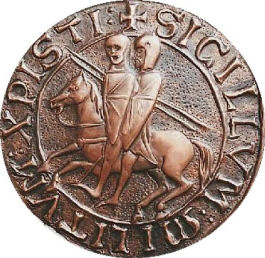
Printing Templar.
That is how Palestine became the place with which any Christian pin their hopes on receiving grace and salvation of the soul. But for pilgrims the way to the Holy Land was full of dangers. Pilgrims traveled to Palestine with great difficulty, and if then he left this holy land, he could remain, taking monastic vows, and do good at monastic hospitals. All this has changed little after 638, when Jerusalem was conquered by the Arabs.
When the Holy Land became the center of Christian pilgrimage in the 10th century, Constantine di Panteleone, a pious merchant from the Italian Republic of Amalfi, asked the Egyptian Sultan for permission to build a refuge for sick Christians in 1048. The name was given to the St. John's Hospital in Jerusalem, and its emblem was the white Amalfi cross with eight ends. Since then, the fraternity of the servants of the hospital and began to be called the society of St. John, and its members - Hospitallers (from. Lat. Hospitalis - "hospitable").
Charlemagne in battle. It is clear that Charlemagne himself did not wear any surcoats. There was no such fashion in his time. That is, the image on the miniature is modern in the writing of the manuscript. But it attracts the attention of Surcoe of one of the warriors. It is orange with a white hospitalis cross. Miniature from the Chronicle of Saint-Denis. Around 1332 - 1350 (British Library)
Almost 50 years their lives flowed quite peacefully - they prayed and cared for the sick, but then the siege of Jerusalem by the Crusaders interrupted their rest. According to legend, Christians, like all other residents of the besieged city, were supposed to help the army of the Egyptian Caliph defend him. And then the ingenious Johnites came up with throwing fresh bread on the heads of knights instead of stones! For this, the Muslim authorities accused them of treason, but a miracle happened: right before the judges' eyes, this bread miraculously turned into stone, and the Johnites had to be acquitted! 15 July 1099, Jerusalem, exhausted by the siege, finally fell. And then one of the leaders of the campaign, the Duke Gottfried of Bouillon, generously rewarded the monks, and many of his knights joined their fraternity, and swore to protect the pilgrims during their travels. The status of the order was approved first by the ruler of the Kingdom of Jerusalem, Baudouin I in 1104, and then, nine years later, and by Pope Paschal II. Both the Charter of Baudouin I and the Bulla of Pope Paschalia II have survived until today and are kept in the National Library of the Island of Malta in La Valletta.
The eighth crusade 1270, the Crusaders of Louis IX land in Tunisia. One of the few medieval miniatures on which eastern warriors are depicted with sabers in their hands. Miniature from the Chronicle of Saint-Denis. Around 1332 - 1350 (British Library)
The status of the Order of the military brothers was not mentioned until the 1200 year, when it was probably divided into three categories: military brothers (who received the blessing to wear and use weapons), brothers-healers, engaged in healing, and brothers-chaplains, who performed religious rites in the order.
As for his position, the order knights were equated with monks and submitted only to the Pope of Rome and his grandmaster (head of the order), had their own lands, churches and cemeteries. They were exempted from taxes, and even the bishops did not have the right to excommunicate them!
Raymond Dupuis became the first great master of the order elected by the Hospitallers in September 1120. It was under him that the order became known as the Jerusalem Order of the Knights Hospitallers of St. John, and at the same time a black cloak with a white eight-pointed cross on the left shoulder was added to the usual monastic attire for the knights. On a march the knights wore a scarlet-colored surcoat with a large white linen cross with flared ends, which was sewn on his chest. This sign was interpreted as follows: the four crosses signify, they say, Christian virtues, and the eight corners on it are the good qualities of a Christian. At the same time, a white cross on a red background was supposed to symbolize impeccable knightly honor on the bloody field of war. The banner of the order was a rectangular red cloth with a simple white cross.
In the 1291 year, the Knights of the Order moved first to Cyprus, and 20 years later - to the island of Rhodes, where they were until the Turks attacked in the 1523 year. After 42, the Order settled on the island of Malta because of what the Order of the Cross became known as the "Maltese Cross". Hospitals based on the order in many European countries have long been genuine centers of the medical art.
In 1798, Malta captured Napoleon's troops, and this circumstance put an end to the stay of the Order on the island and the beginning of the scattering of its members around the world. Paul I sheltered the knights in Russia, but after his death they were forced to go to Rome. Now the Order is called the Sovereign Military Order of the Hospitallers of St. John of Jerusalem, Rhodes and Maltese. It is interesting to note that on the battlefields in Palestine, the Hospitallers constantly competed with the knights of the Knights Templar order, so they were usually put on the rearguard during the campaign, and the Knights Templar in the vanguard, dividing them among themselves by other troops.
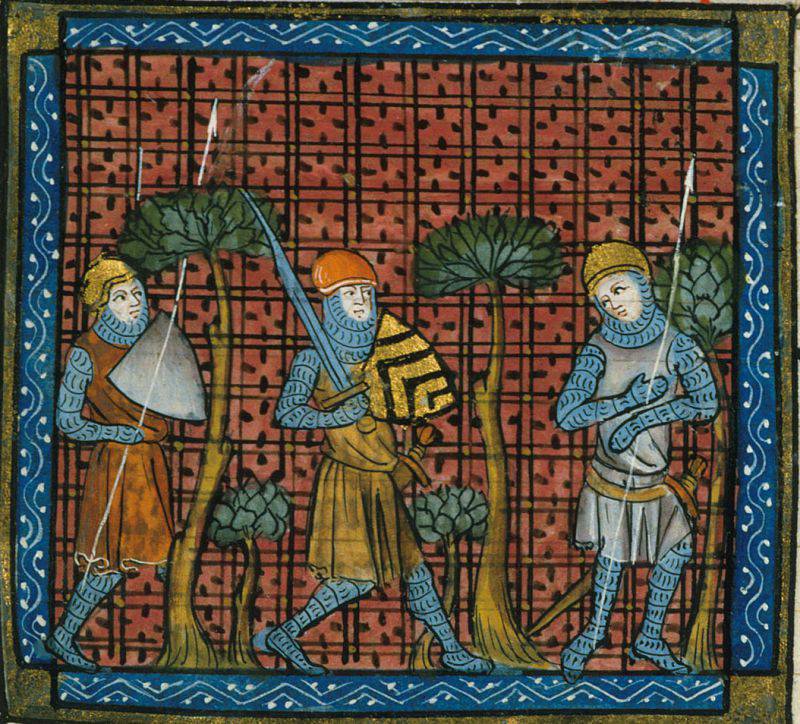
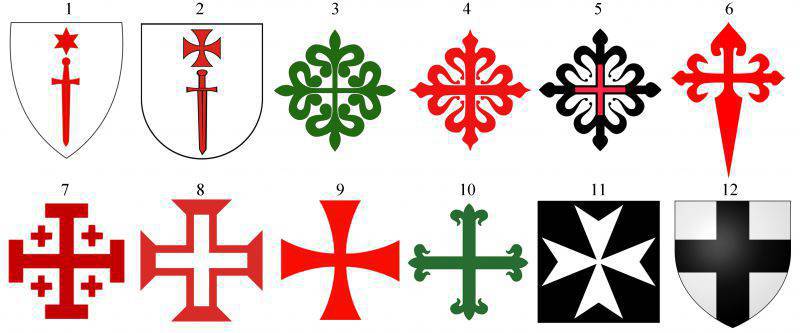
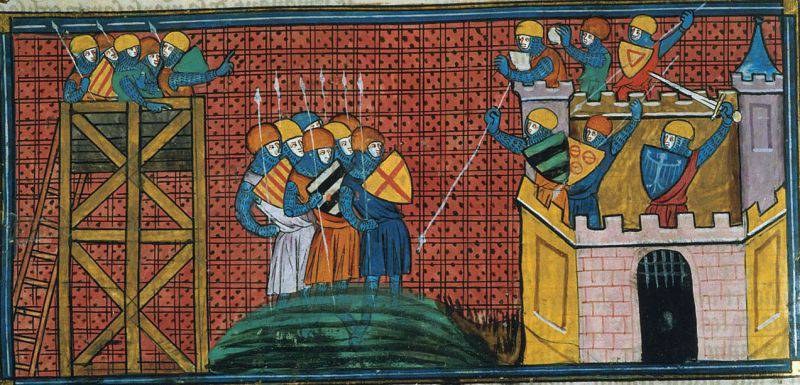
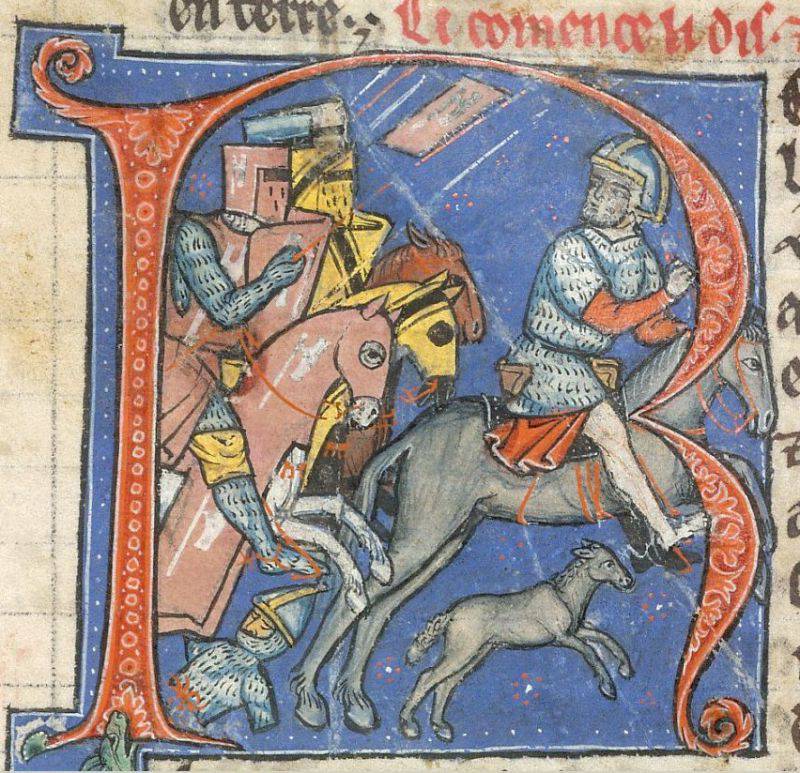
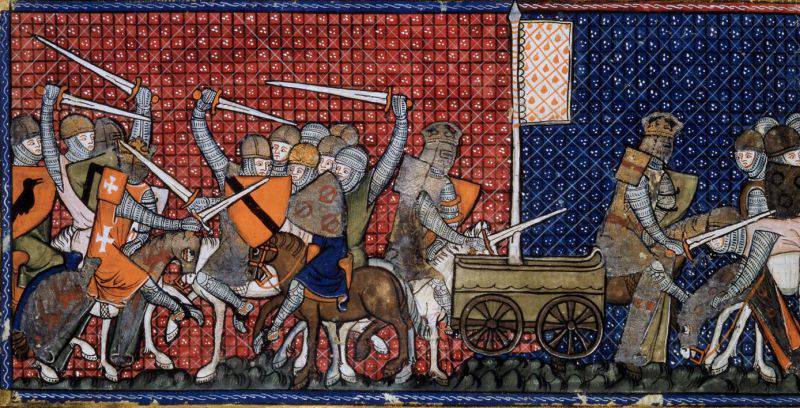
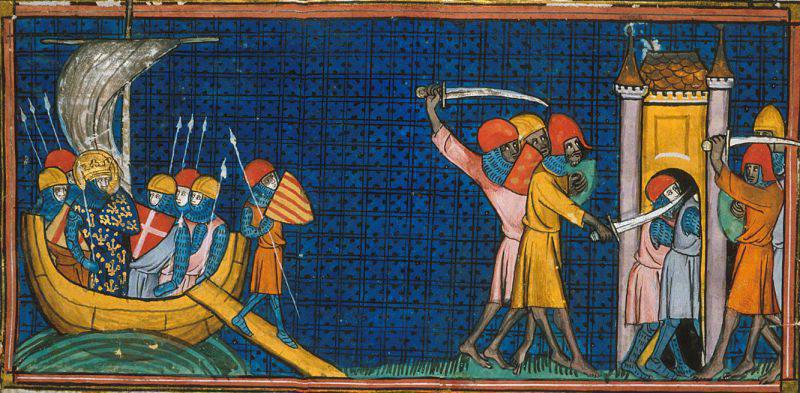
Information